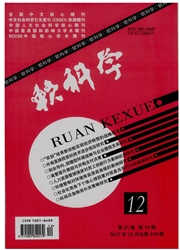

 中文摘要:
中文摘要:
研究了不同市场进入成本情况下,在位者阻止/允许市场进入者的碳减排策略选择。结果发现:当市场进入成本较高时,在位者不用付出额外的成本完全垄断市场;当市场进入成本中等时,在位者的策略受在位者潜在市场份额的影响,如果市场份额较低,在位者提高碳减排标准至临界值阻止进入者,如果市场份额较高,在位者降低碳减排至临界值以下允许进入者进入;当市场进入成本较低时,在位者的最优选择是允许进入者进入并采用竞争时最优的碳减排策略。
 英文摘要:
英文摘要:
This paper analyzes the incumbent’s optimal carbon reducing strategy choice on the deterrence or accommodation under the different market entry cost. Result shows that when the entry cost is high,the incumbent can monopolize the market without making extra effort and adopt the optimal monopolistic carbon reducing strategy. But when the entry cost is middle,the incumbent’s strategy choice is influenced by the potential market volume. If the market volume is small,the incumbent reduces the carbon emission to the critical value for deterring the entrant. If the market volume is large,the incumbent cuts down the carbon emission below the critical value for accommodating the entrant. When the fixed entry cost is low,the incumbent allows the entrant to enter the market and adopts the competitive optimal carbon emission reducing strategy.
 同期刊论文项目
同期刊论文项目
 同项目期刊论文
同项目期刊论文
 期刊信息
期刊信息
